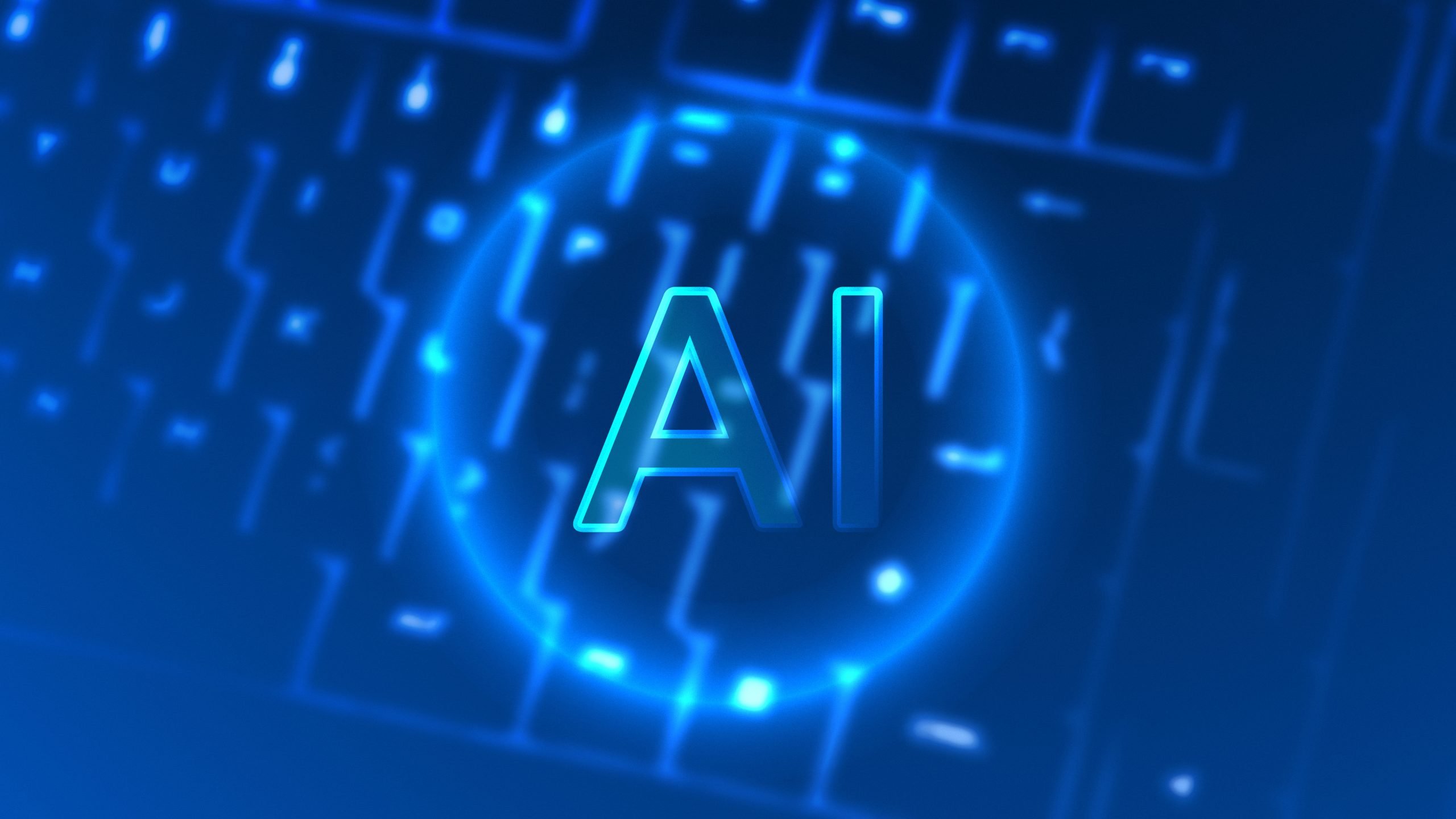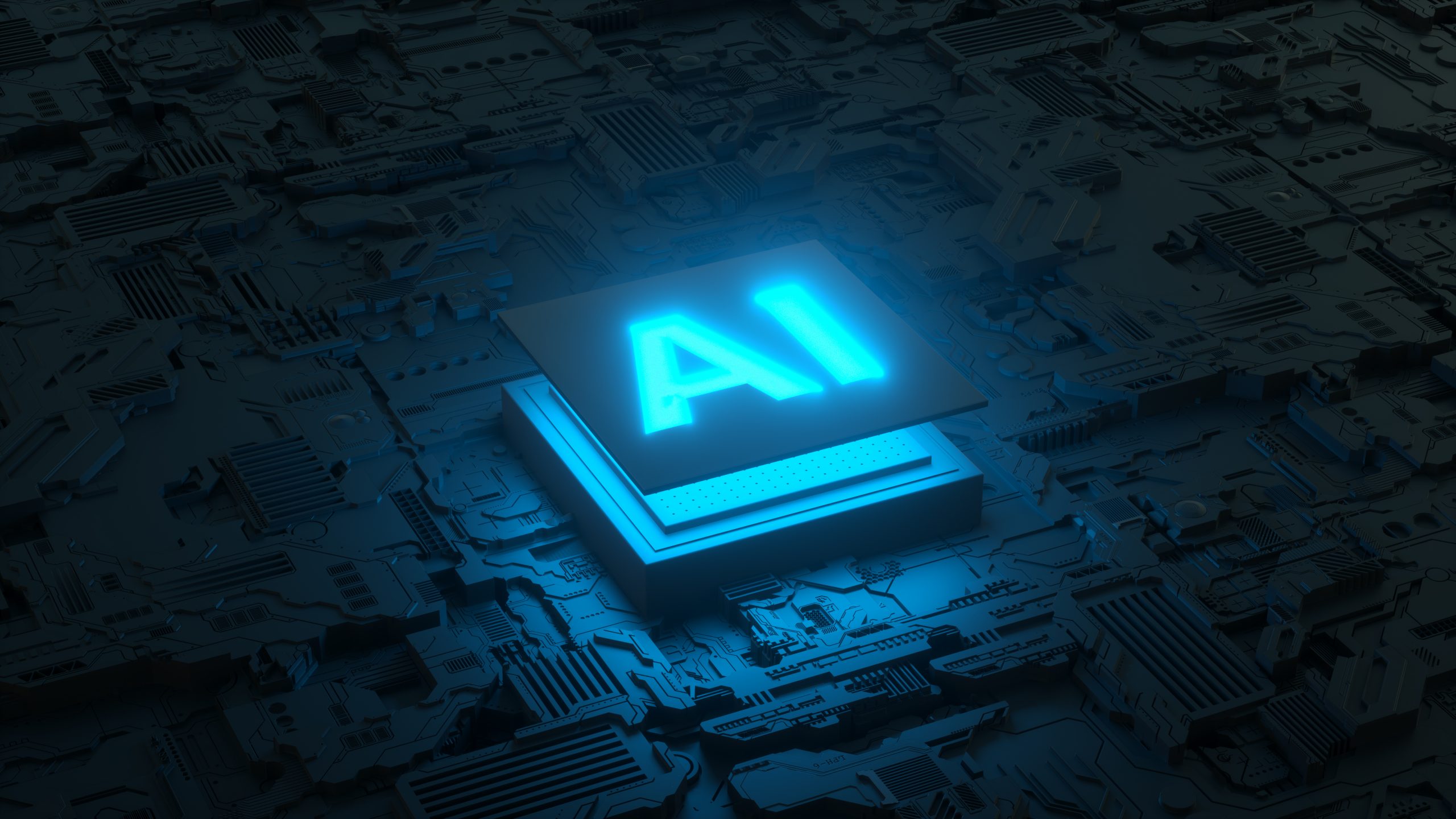Ever wondered what AI stands for?
AI stands for “artificial intelligence.” It refers to the field of computer science and engineering focused on developing and improving intelligent computer systems and algorithms that can simulate or replicate human-like intelligence and behaviors. These systems can be designed to perform tasks that require decision-making, problem-solving, or learning, such as recognizing patterns, understanding and processing language, and making predictions or recommendations. AI technologies and applications are used in a wide range of fields, including robotics, natural language processing, machine learning, and data analytics.
AI is already over 70 years old
The history of AI can be traced back to the 1950s when Alan Turing developed the Turing Test to determine if a machine could think like a human. Since then, AI has become increasingly sophisticated and is now used in many aspects of everyday life, from healthcare to finance to entertainment. AI has also been responsible for advances in machine learning, natural language processing, and computer vision.
There have been many milestones in the field of artificial intelligence (AI) research over the years. Some of the notable milestones include:
- The development of the first artificial neural network in 1943 by Warren McCulloch and Walter Pitts.
- The development of the first self-learning machine, the Perceptron, in 1958 by Frank Rosenblatt.
- The creation of the first expert system, DENDRAL, in 1965 by Edward Feigenbaum and Joshua Lederberg.
- The development of the first natural language processing system, SHRDLU, in 1972 by Terry Winograd.
- The creation of the first chess-playing computer program, Deep Blue, in 1997 by IBM.
- The development of the first self-driving car, the Stanford Cart, in 2005 by Sebastian Thrun and his team at Stanford University.
- The development of the first machine learning algorithm to win a human world champion in the game of Go, AlphaGo, in 2016 by DeepMind.
- The development of the first AI program to pass the Turing test, an AI benchmark designed to measure a machine’s ability to exhibit intelligent behavior equivalent to, or indistinguishable from, that of a human, in 2014 by a team at the University of Reading.
These are just a few examples of the many milestones in AI research that have helped shape the field and its applications in the modern world.
Popular Ais today are:
- DeepMind (Healthcare, Robotics, and Energy)
- IBM Watson (Business Intelligence and Analytics)
- Google Brain (Automation and Machine Learning)
- Vicarious (Computer Vision)
- Salesforce Einstein (Sales and Service Automation)
- NVIDIA AI (Autonomous Vehicles, Robotics, Video Games, and Deep Learning)
- Intel AI (Business Process Automation)
- Baidu (Natural Language Processing)
- SenseTime (Facial Recognition)
- Microsoft Azure (Cloud Computing and Storage Platforms)
- AIBrain (Robotics and Autonomous Systems)
- SenseTime (facial recognition, image recognition, and autonomous vehicles)
- Viv (AI for personal assistance and natural language processing)
- Clarifai (computer vision and image recognition)
- Nervana (deep learning and predictive analytics)
- Vicarious (robotics, computer vision and natural language processing)
- X.ai (personal assistant and scheduling)
- Ayasdi (data analysis and machine learning)
- CloudMinds (cloud robotics and autonomous systems)




